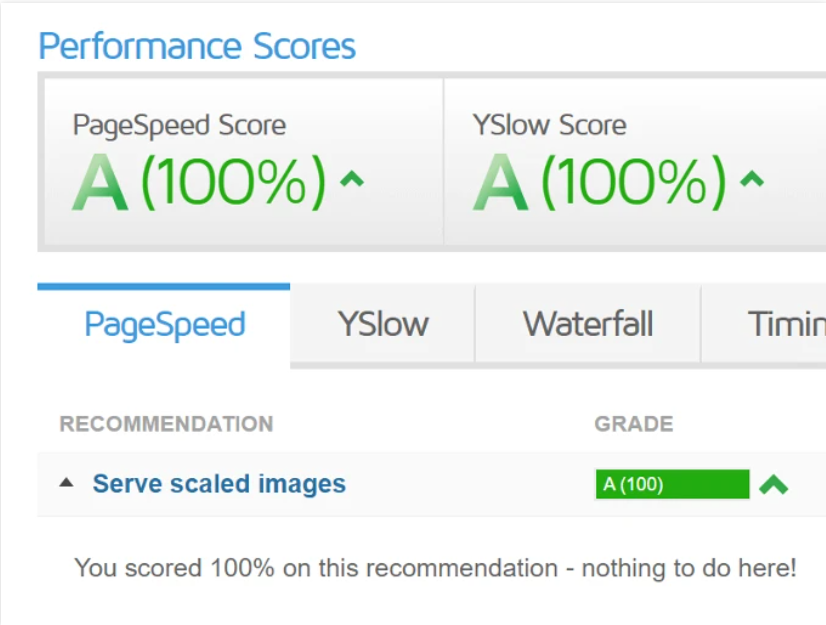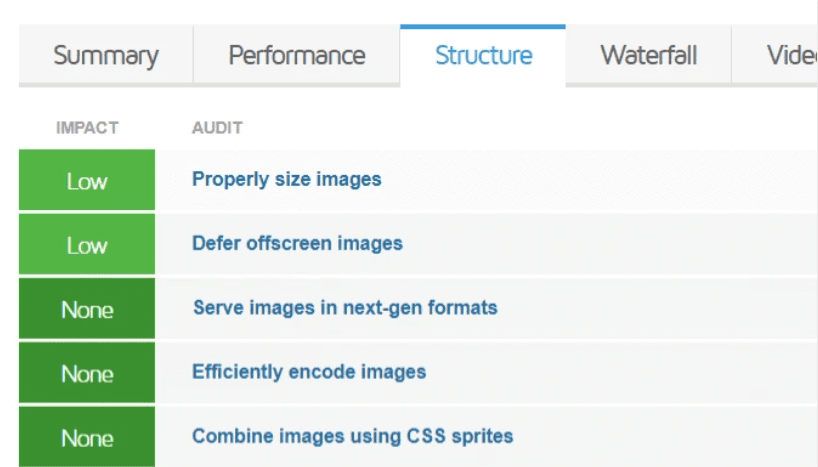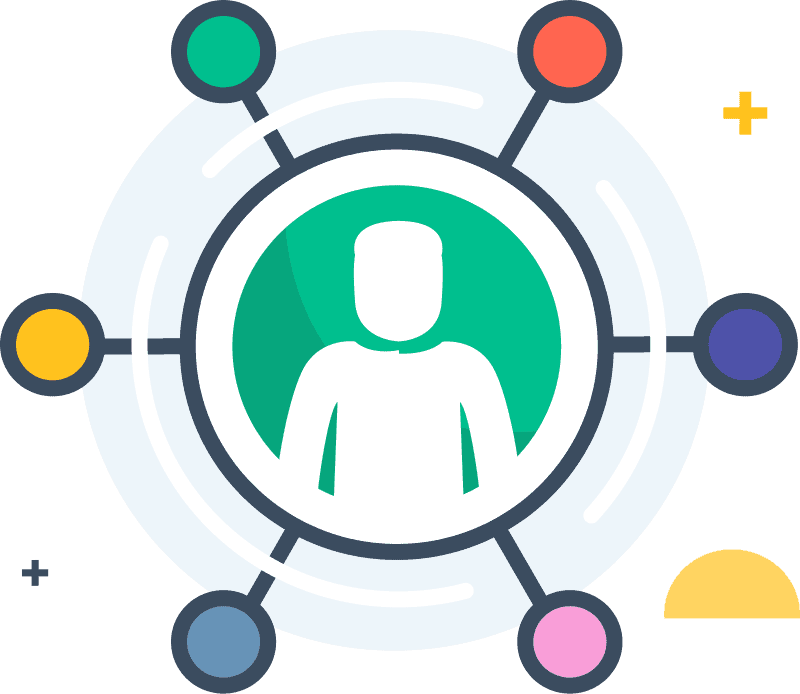Is your website loading slowly? Believe it or not, there are ways to fix this. In this blog post, we will discuss some methods that you can use to speed up your website.
We will also cover some of the reasons why a website might be loading slowly and provide tips for avoiding this issue. So, if you are looking to make your website faster, keep reading!
8 Ways To Fix A Slow Loading Website
1. Test Your Website In GTmetrix

GTmetrix is a website speed testing tool that analyzes your site’s performance and provides recommendations on how to improve it. The test includes several key features, such as page load time, HTML size, and the number of requests.
GTmetrix also grades your site on a scale of A-F, based on its performance. To test your site in GTmetrix, simply enter your URL into the “Test Your Website” field and click “Test Now.”

The test will take a few moments to complete, and you can then review the results and recommendations. By following the recommendations, you can help improve your site’s performance and grade.
2. Resize Large Images
Any good website or online blog should have large, high-quality images. After all, pictures are worth a thousand words and can really help to capture the essence of whatever it is you’re trying to communicate.
But while big, beautiful photos are great, they can also cause problems if they’re not sized properly. Large image files can take forever to load, which will frustrate your readers and cause them to click away. What’s more, search engines may penalize your site if it takes too long to load.
To avoid these problems, it’s important to resize your images before you upload them to your site. There are a number of different ways to do this, but the most important thing is to make sure that the file size is manageable without compromising the quality of the image.
With a little bit of effort, you can ensure that your website or blog loads quickly and looks great.
3. Compress Images
Compressing images is an important part of optimizing a website for performance. When an image is compressed, it reduces the amount of data that needs to be transferred from the server to the client.
This can dramatically improve page load times, especially for users on slower internet connections. There are a number of methods that can be used to compress images, and the best approach will vary depending on the specific image.
In general, however, compressing images is a relatively simple process that can have a big impact on website performance.
4. Add Caching
Caching is the process of storing data in a temporary memory location so that it can be accessed more quickly. When a user visits a website, their browser stores certain files locally on their computer.
Then, when they visit the site again, the browser can retrieve those files from the cache instead of fetching them from the server. This can help to speed up loading times, especially for websites that are loaded frequently.
Caching can also be used to store data that is unlikely to change, such as images and scripts. By doing this, the browser can avoid having to re-download those files each time the page is loaded.
Adding caching to a website can help to improve performance and enhance the user experience.
5. Upgrade To PHP 8.0
PHP 8.0 was released on November 26, 2020, and it promises significant performance improvements over previous versions of the language. For anyone who is still using an older version of PHP, upgrading to 8.0 is a no-brainer.
Not only will your code execute faster, but you’ll also gain access to new features such as union Types 2.0 named parameters. In addition, 8.0 includes a number of stability and security improvements that make it a more robust platform for developing web applications.
So if you’re ready to take your code to the next level, upgrade to PHP 8.0 today.
6. Check Server Response Times
In any business, customer satisfaction is key. In the age of the internet, that means having a website that is fast, responsive, and easy to use.
One important factor in website performance is server response time – the time it takes for a server to receive and process a request from a client.
Response times that are too slow can cause frustration and lead to customers going elsewhere. For this reason, it is important to regularly check server response times and take steps to improve them if necessary.
There are a number of ways to do this, including monitoring server logs, using web-based tools, and running load tests. By taking the time to ensure that your website is as fast and responsive as possible, you can help keep your customers happy and maintain a competitive edge.
7. Move To Cloud Or LiteSpeed Hosting
Moving to the cloud or LiteSpeed hosting can be a great way to improve your website’s performance. Cloud hosting can provide you with unlimited storage and bandwidth, and LiteSpeed is known for its speed and reliability.
However, there are a few things to consider before making the switch. First, it’s important to determine whether your website will fit within the cloud hosting model.
If you have a lot of data or high traffic levels, you may need to consider a more traditional hosting plan. Second, you’ll need to decide which provider is right for you.
There are many reputable companies that offer cloud and LiteSpeed hosting, so do your research to find the one that best meets your needs.
Finally, make sure to back up your website before making any changes. Once you’ve made the switch, you can enjoy the enhanced performance and reliability that come with these types of hosting plans.
8. Add Cloudflare’s CDN
Cloudflare’s CDN can speed up the loading of your website by caching your static content (such as images, stylesheets, and JavaScript files) on their servers around the world.
When a visitor to your site requests a page, the content is fetched from the server closest to them, which can dramatically reduce loading times.
Cloudflare’s CDN is also smart enough to automatically compress files, further reducing loading times. In addition, Cloudflare’s CDN can help to protect your site from attacks by absorbing and filtering out malicious traffic.
Overall, adding Cloudflare’s CDN to your website is a smart move that can lead to faster loading times and improved security.
Quick Links
- How To Configure Cloudflare With Cloudways: Complete Guide
- How Do I Take My Website Live from Cloudways? Must Read
- 8 Ways To Fix A Slow WordPress Site And Pass Core Web Vitals
Conclusion- How To Fix A Slow Loading Website? Complete New Guide 2024
While there are many potential causes of a slow-loading website, we’ve outlined some solutions that should help to speed up your page. We hope you found this article helpful and that it has given you the tools you need to fix your website’s speed issues.
If you have any questions or need additional assistance, please don’t hesitate to reach out to us for help.

